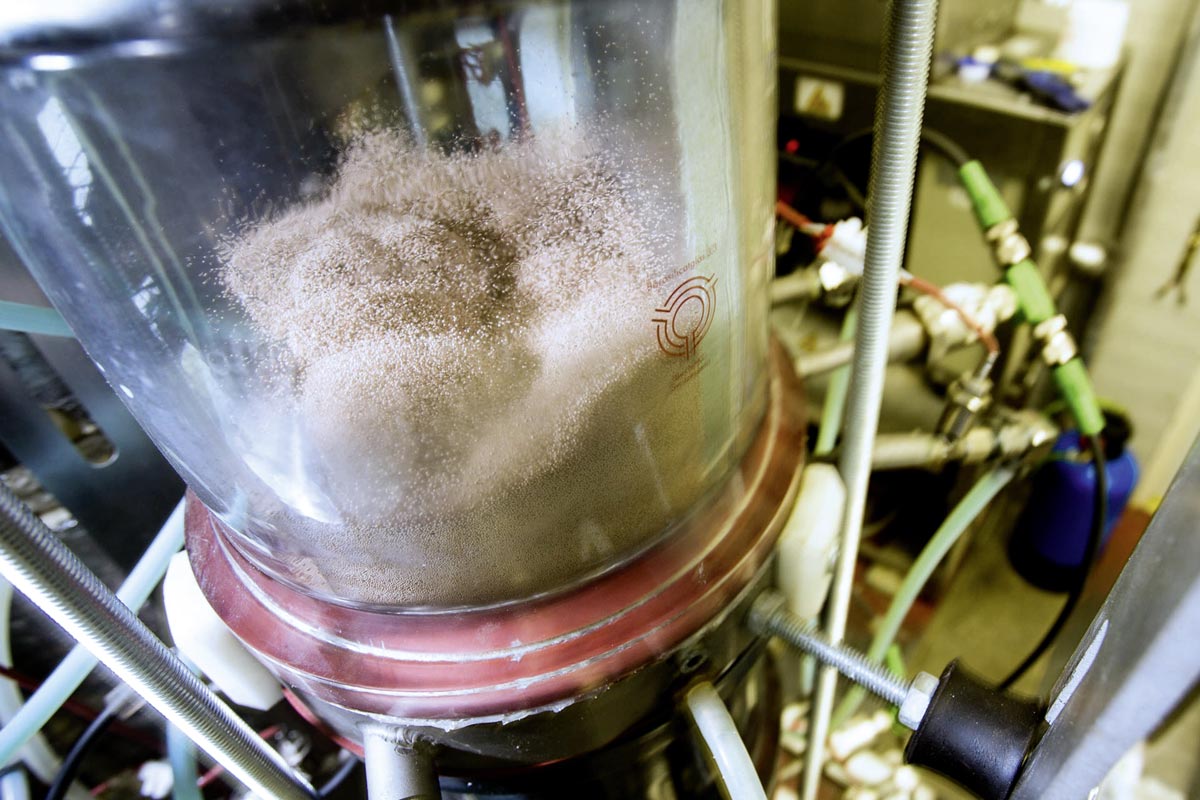The bulk of global warming is attributable to the rising concentration of greenhouse gases in the atmosphere caused by mankind. Here the carbon dioxide formed when fossil sources of energy are burnt plays a decisive part in augmenting the natural greenhouse effect. Many countries are taking part in an intensive search for ways of permanently cutting back carbon dioxide emissions. The most serious challenge for climate policy is to achieve a major reduction in greenhouse-gas emissions while coping with the worldwide demand for energy, which is constantly increasing. According to the International Energy Agency (IEA) the only way to do this is to combine a variety of strategies, including technologies and measures to conserve energy and increase energy efficiency, along with adopting renewable sources of energy on a very large scale.
Carbon Capture and Storage (CCS) is a climate-policy option for large emitters such as power stations or industrial plants.1 Research is also in progress on energy-efficient processes designed to utilize captured carbon dioxide as an industrial input so as to close the carbon dioxide cycle (Carbon Capture and Utilisation/CCU). While utilizing carbon dioxide technically/chemically cannot be an overall global solution to the problem of cutting back carbon dioxide emissions, it can become an important component in an overall climate-policy strategy.
The scenario “Less than 2 °C”
IPCC’s calculations say that negative emissions – removing carbon dioxide from the atmosphere – are necessary to limit mean global warming to at most 1.5 °C, as intended by the 2015 Paris Agreement. Also the majority of the scenarios aimed at limiting global warming to 2 °C are based on the assumption that there will be processes capable of achieving negative emissions. In particular, BECCS (bio-energy with CCS) could well play an important part here. In 2017 the IEA calculated (alongside the 2 °C scenario) a scenario “Less than 2 °C” for the first time, spotlighting cutting-edge routes to decarbonization. Here the most energy-intensive industries (steel, paper, aluminium and cement) are regarded as key players. Efficient, low-cost methods of capturing and utilizing carbon dioxide could be put to work as bridging technologies to help achieve these ambitious climate-policy goals in the next few decades.
R&D activities in Austria
To capture and utilize carbon dioxide efficiently and at low cost, pioneering technologies and strategies will be needed. Austrian experts are involved in various international R&D initiatives, such as the IEA Greenhouse Gas R&D Programme (GHG). National R&D projects concerned with CCU are being carried out by Austrian research institutes and firms with support from the Federal Ministry for Transport, Innovation and Technology (bmvit) and the Climate and Energy Fund. The new solutions are being tested and developed further in demonstration facilities. In this issue we
1 In Austria, the geological storage of CO2 is permitted only for research purposes and only with a planned total storage volume of less than 100,000 tonnes. (CCS Gesetz, BGBI. Nr. 144/2011, www.ris.bka.gv.at/Dokumente/BgblAuth/BGBLA_2011_I_144/BGBLA_2011_I_144.pdf)
CCS and CCU technologies in the SET Plan
The European “Integrated Strategic Energy Technology Plan” (SET Plan) provides a framework for developing and implementing low-cost low-emission energy technologies. The target is to cut the EU‘s greenhouse-gas emissions by 80 to 95 % by 2050 with the aid of these energy technologies, which will help to limit global warming to 2 °C. The SET Plan emphasizes the importance of CCS and CCU technologies for global decarbonization: ”Carbon capture and storage (CCS) together with carbon capture and utilization (CCU) are important technologies for the global decarbonization of the power generation and energy intensive industries in a cost-effective manner.”
https://setis.ec.europa.eu/low-carbon-technologies/ccus
